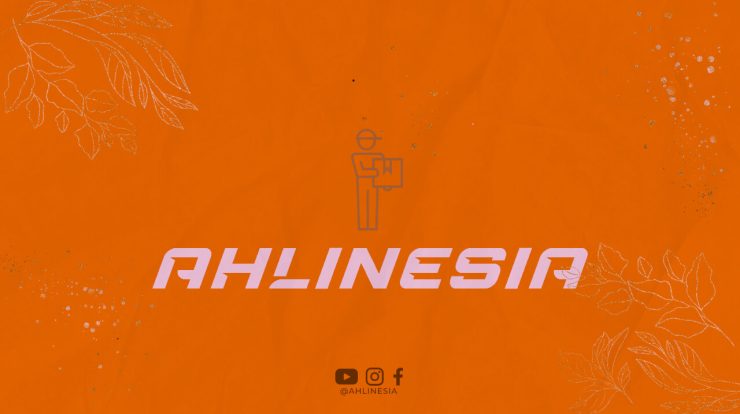
Introduction
Australia is one of the most sought-after destinations for international students seeking quality education. However, many students often wonder if they can stay in Australia after completing their studies. In this article, we will explore the various options available for students who wish to stay in Australia after completing their studies.
Temporary Graduate Visa
Upon completion of their studies, international students may be eligible for a Temporary Graduate Visa (subclass 485). This visa allows students to stay in Australia temporarily to gain work experience related to their field of study. The Temporary Graduate Visa has two streams: the Graduate Work stream and the Post-Study Work stream.
Graduate Work Stream
The Graduate Work stream is available for students who have completed qualifications relevant to specific occupations listed on the Skilled Occupation List (SOL). This visa allows graduates to work in Australia for up to 18 months. It provides an excellent opportunity to gain practical experience and enhance career prospects.
Post-Study Work Stream
The Post-Study Work stream is available for students who have completed a bachelor’s, master’s, or doctoral degree from an Australian educational institution. The duration of this visa depends on the highest qualification obtained. Graduates with a bachelor’s or master’s degree can stay for up to two years, while those with a doctoral degree can stay for up to four years.
Skill Assessment and Permanent Residency
For students who wish to remain in Australia permanently, they may consider applying for a skilled visa. This involves a skill assessment by a relevant assessing authority to determine if their qualifications and work experience meet the requirements of a particular occupation listed on the Skilled Occupation List (SOL).
Skilled Independent Visa
The Skilled Independent Visa (subclass 189) is a popular option for skilled migrants. It allows individuals to live and work permanently in Australia without the need for sponsorship by an employer or a state/territory government. However, this visa is highly competitive, and applicants must meet specific points requirements based on factors such as age, English language proficiency, work experience, and education.
State or Territory Nomination
Another pathway to permanent residency is through state or territory nomination. Each state and territory in Australia has its own list of occupations in high demand. By obtaining a nomination from a state or territory government, individuals can apply for a Skilled Nominated Visa (subclass 190) or a Skilled Regional (Provisional) Visa (subclass 491). These visas provide a pathway to permanent residency for individuals who meet the nomination requirements.
Employer Sponsorship
If you have a job offer from an Australian employer, you may be eligible for an employer-sponsored visa. The employer must be willing to sponsor you and meet certain requirements set by the Australian government. There are various employer-sponsored visa subclasses, including the Temporary Skill Shortage Visa (subclass 482) and the Employer Nomination Scheme (subclass 186), which can lead to permanent residency.
Conclusion
Studying in Australia opens up various opportunities for international students to stay in the country after completing their studies. Whether it is through temporary work visas, skilled visas, state or territory nomination, or employer sponsorship, there are pathways available for those who wish to continue their journey in Australia. It is essential to understand the specific requirements and eligibility criteria for each visa option to make an informed decision about staying in Australia after study.






